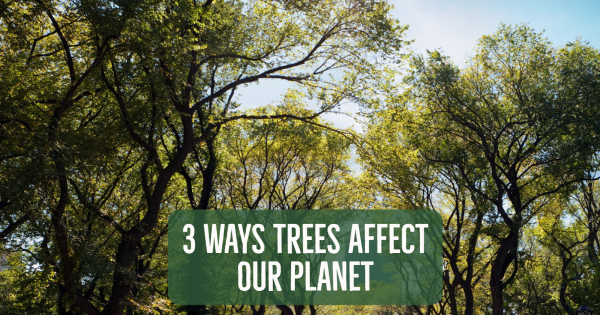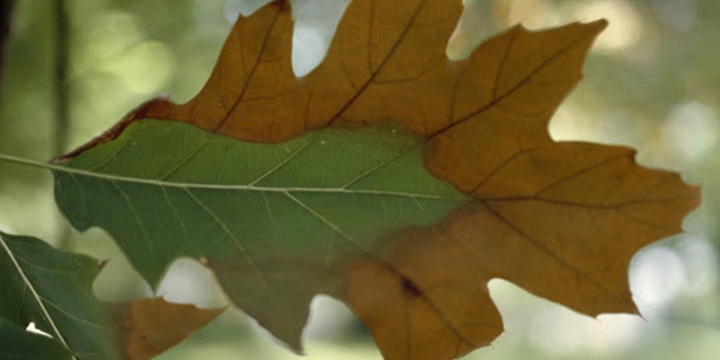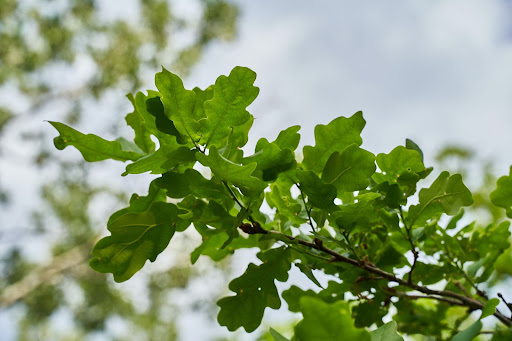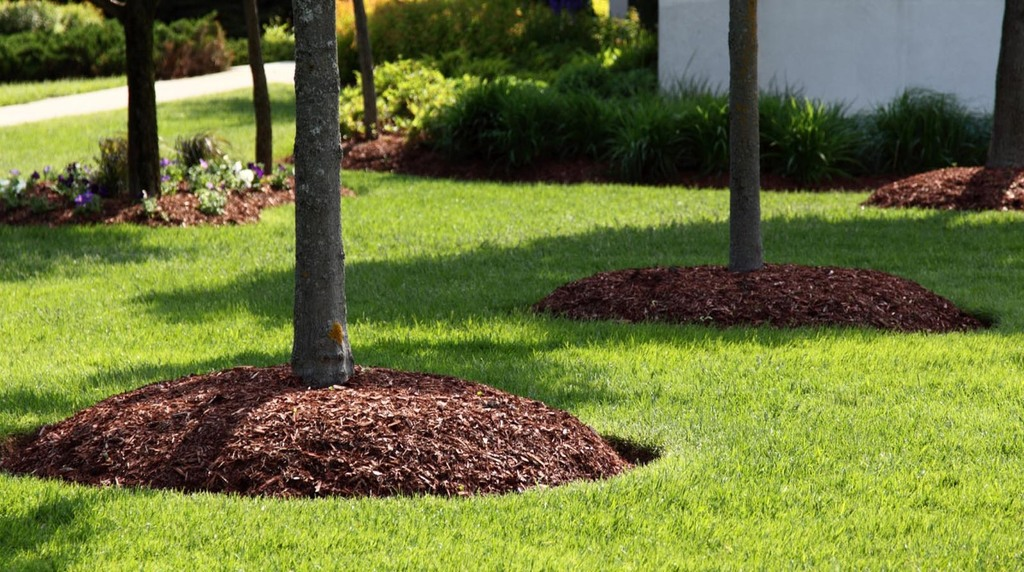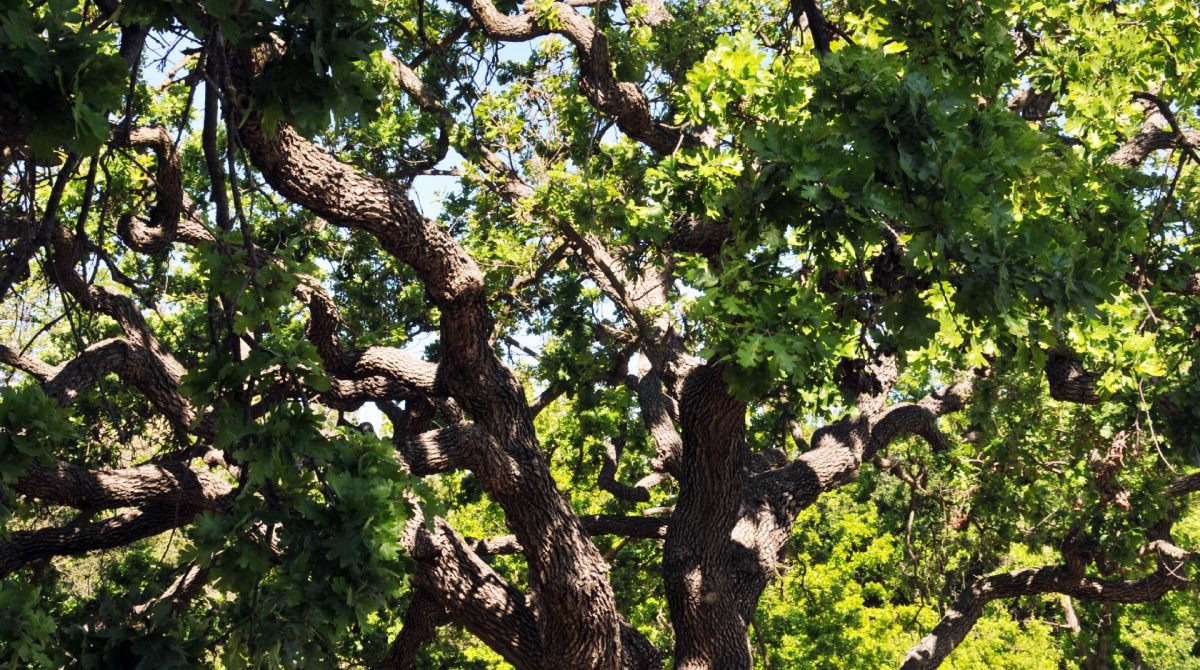
Date August 22, 2022
Category
When it comes to tree care, it’s important to know the lingo. Arboriculture is a highly specialized field with many different services and terms that you should be familiar with in order to provide the best possible care for your trees. In this blog post, we’ll go over some basic tree terminologies so you can better understand what services might be necessary for your trees and find the right tree care specialist to help you out.
TreeNewal Dallas tree care specialists offer industry-leading plant health services for North Texas communities. If you need tree care advice or assistance, get in touch by calling (817) 592-6846.
Tree Care Specialists
Arboriculture – The science of arboriculture studies how plants grow and respond to their environment. Practicing this art means performing cultural techniques like tree selection, planting, education, tree health assessment, pest and disease management, and more.
ISA Certified Arborist – Also known as Tree Doctors, these tree care experts have obtained certification from the International Society of Arboriculture. They can diagnose tree stressors, assess tree condition, and provide care, maintenance, and a treatment plan to promote tree health.
Tree Surgeon – After a Certified Arborist has diagnosed the tree and provided a treatment plan, tree surgeons carry out the tasks. This can include tree trimming and pruning, tree removal, and stump removal. Tree surgeons are highly-trained professionals who deal with dangerous and meticulous work safely and effectively.
Anatomy of a Tree
Root – A tree organ that absorbs water and essential elements from the soil and stores energy reserves.
Trunk – The main stem of a tree that extends from the roots up to the branches.
Foliage – A general tree term that includes the leaves of a tree, including pine needles, and the green or greyish scale-like material from juniper trees.
Crown – The part of the tree where the branches separate from the trunk. This is where the leaves perform photosynthesis, transpiration, and light energy assimilation. The crown supports branches and leaves and is also where flowers and fruit grow.
Canopy – The tree’s uppermost branches and leaves.
Drip Line – Also called the critical root zone, a tree’s drip line is the area directly under the crown’s circumference or width. This area is where water drips from the canopy to the ground. Since tree roots spread as far as the drip line, it’s critical to water here as it is where the most water is absorbed.
Plant Health Services
Tree Trimming – The process of removing excess branches to manage a tree’s size and shape for aesthetic purposes. When a plant is trimmed, the remaining foliage grows faster and thicker.
Tree Pruning – The process of removing dead, diseased, or damaged branches and thinning the plant. Routine tree pruning is an essential part of tree care to maintain strong, thriving trees. Pruning aims to improve tree health, strength, vigor, structure, and appearance, whereas trimming focuses primarily on aesthetics.
Tree Removal – The process of removing a tree if it is diseased, dead, or poses safety risks. It includes cutting a tree down to the stump or at least half of the crown.
Stump Removal – The procedure of removing a stump and root system after a tree has been cut down. Complete stump removal involves unearthing the area where the root system has grown and is typically not included in tree removal as it requires different equipment and techniques.
Stump Grinding – A method of reducing the stump to below ground level. This practice is often more feasible and common since the previous tree is no longer visible, and the roots usually decay over time.
Tree Care
Air Spade – An excavation device that uses compressed air to remove soil within the tree’s critical root zone without destroying tree roots. Tree care specialists use it to break up heavily compacted dirt, adding air to the tree’s basin.
Tree Basin – Pits in the ground used for planting trees and crops comprised of soil or mulch. This planting method helps redirect rain from gutters, paths, and driveways into the tree’s root system. Planting trees in basins benefits dry, arid regions and can save thousands of gallons of water each year.
Mulch – Any material that is spread or laid over the soil’s surface for protection. It buffers the soil from sun and rain, retains moisture, suppresses or blocks weeds, keeps roots cool, and prevents frost in heavy winter.
TreeNewal
While it isn’t necessary to know every term in arboriculture in order to care for your tree, hopefully, you have a better understanding of tree anatomy, what tree care services entail, and the role of tree care experts to help you determine what you need to care for your trees. For the meticulous details, our ISA Certified Arborists are here to help.
TreeNewal is a sustainable, full-service tree care company providing comprehensive tree health services in North Texas.
If you need assistance with tree nutrition, soil conditioning, tree trimming and pruning, tree removal, or more information on tree care, contact us or give us a call at (817) 592-6846.
To learn more about Tree Care 101: Understanding Tree Terms?, call our Argyle and Southlake-based teams
at (817) 592-6846 or send us a message.
We’re a little different than the average tree services company.
Learn more about TreeNewal’s ISA Certified Arborists!
Our Dallas/Fort Worth-based tree doctors can explain how sustainable tree care services add more value to your bottom line.
Healthy trees, healthy lives.
